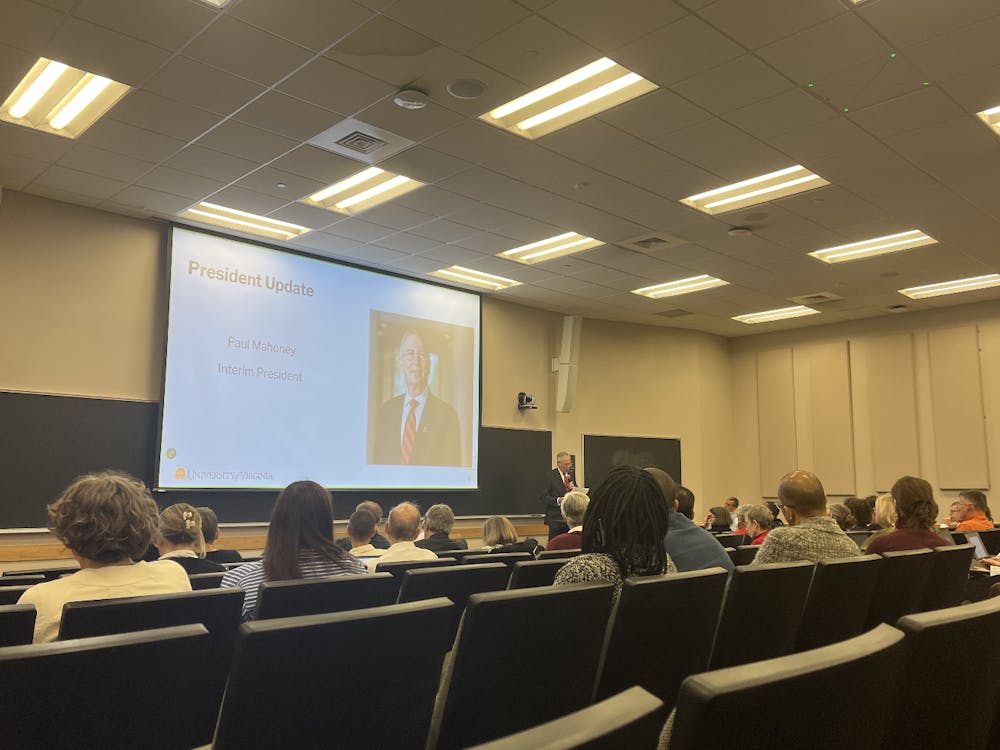Despite national concern about a downturn in the economy, college endowments have shown explosive growth. As a result, the Senate is questioning how institutes of higher education can use their funds to benefit students who are feeling the effects of changes in the economy.
The University's endowment is a prime example of high returns, having seen a 25 percent increase in its market value from June 30, 2006 to June 30, 2007, according to Chief Financial Officer Yoke San Reynolds.
This sort of growth, seen at many universities, prompted Congress to seek information from wealthy institutes of higher education. Sen. Max Baucus, D-Mon.? and Sen. Chuck Grassley, R-Iowa,?, leaders of the Senate Finance Committee, sent letters to 136 colleges with endowments of $500 million or more asking for various financial data from the past 10 years. Of these 136 colleges, the University ranked 20th in endowment size, with a $4.37 billion endowment, according to a report by the National Association of College and University Business Officers.
According to a Baucus aide , the letter is an "effort to understand how colleges use endowments to bring down tuition, which is increasing at a faster rate than inflation."
The committee's letter asks 11 sets of questions requiring colleges to provide data from the past 10 years and requests a response within 30 days. It probes colleges to explain the role their endowment plays in both financial aid and tuition rates.
The College Board's 2007 study "Trends in College Pricing" states that the prices of public four-year colleges and universities rose more rapidly during the past decade than the one preceding it, with published tuition and fees rising at a rate of 4.4 percent per year after inflation. The report also states that during the entire 30-year period documented, college prices rose more rapidly than the prices of other goods and services. About half of all college students, however, received grant aid that lowered the net price they actually paid, according to the report..
"We need to start seeing tuition relief for families go up just as fast [as endowments]," Grassley stated in a Senate press release. "It's fair to ask whether a college kid should have to wash dishes in the dining hall to pay his tuition when his college has a billion dollars in the bank."
Reynolds rejects the notion that the University is simply sitting on its money.
"I think the senators are misinformed on several points," Reynolds said. "They seem to think the endowment is one huge pool when really it is about 1,500 endowments each with a different purpose."
Reynolds added that the University also has to respect the intention of its donors. For example, she said, money donated for cancer research cannot be used to lower undergraduate tuition. There are some pools of money within the larger endowment that are specifically targeted for financial aid, and apart from that, there are some unspecified endowments that the University has traditionally spent on financial aid, Reynolds said.
One of the Senate's proposals, which has yet to be introduced as legislation, could require colleges to spend a minimum of 5 percent of their endowment each year or lose the tax-exempt status of their earnings. Currently, donations to colleges and endowment funds are tax-exempt. The senators believe requiring colleges by federal law to spend a higher percentage of their endowments could help lower tuition.
Reynolds maintained that "there is no direct link between changing payouts and lowering tuition." She noted that a one-size-fits-all policy is not practical because it does not address institutes' unique circumstances, especially those of smaller colleges that are trying to grow their endowments or colleges seeing negative returns on investments.
According to Reynolds, the University has already seen a drop in returns on investments since the end of fiscal year 2007. Over the last 10 years, "you don't have to go back far to see negative returns," Reynolds said. "We are not going to see 25 [percent return] for a long time."
Bob Sweeney, senior vice president for development and public affairs, spoke to the purpose of the endowment during changing financial times. According to Sweeney, the endowment is "absolutely crucial in our ability to sustain quality over an extended period of time, especially as state finance can fluctuate widely."
Sweeney cited Gov. Tim Kaine's recent announcement that Virginia is predicting a $1.4 billion dollar shortfall for the remainder of fiscal year 2008 and fiscal years 2009 and 2010?.
"We don't know if it will affect higher education," Sweeney said. "Endowment provides us with a solid foundation so we can keep quality high regardless."
Reynolds said the University tries to invest and pay out prudently so it can support each program as donors wanted and fund them perpetually.
"We are not sitting on pots of money just for the sake of sitting on pots of money," Reynolds said.
According to Sweeney, a conservative philosophy is used when considering endowment payout.
"University endowments are made to withstand the test of time, regardless of performance," Sweeney said, noting that the goal is for the endowment to grow in both good and bad economic times.
"I think one of the things we try to do when we set spending policy is we try to balance the needs of the current and future generations," Reynolds said. "If you spend too much now, you will have less to continue to invest for future generations"






